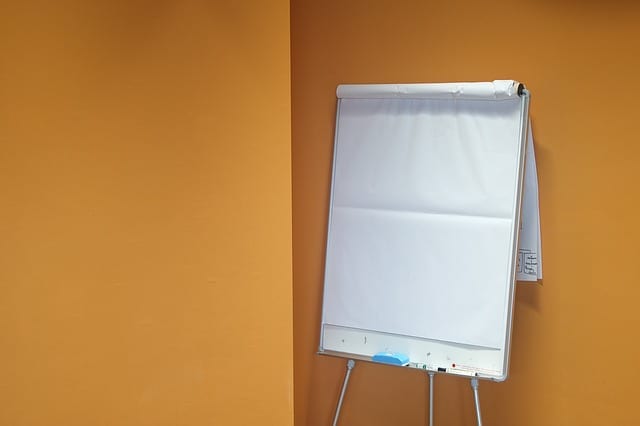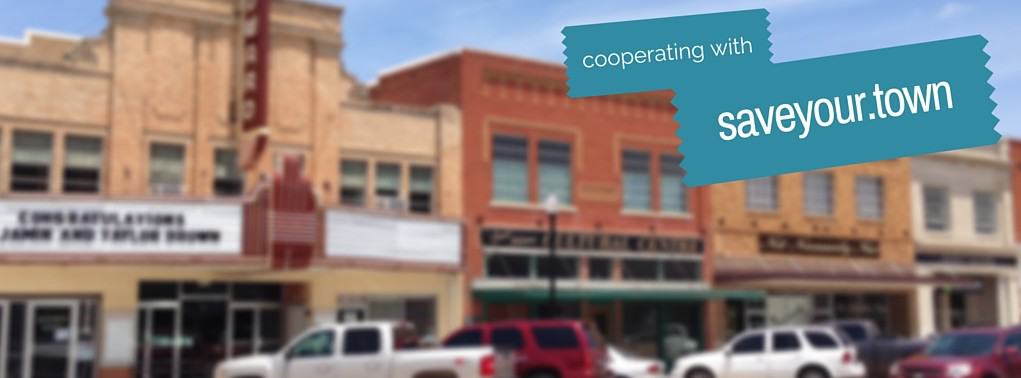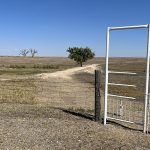
 Editor’s Note: Welcome our newest contributor, Paula Jensen of Dakota Resources. She works directly with small towns and rural communities as a community coach. I love her positive approach to rural places. I look forward to sharing her thoughts with you regularly! –Becky
Editor’s Note: Welcome our newest contributor, Paula Jensen of Dakota Resources. She works directly with small towns and rural communities as a community coach. I love her positive approach to rural places. I look forward to sharing her thoughts with you regularly! –Becky
By Paula Jensen
I stood with a blue marker in my hand writing on the white flip chart paper as I facilitated a community group that was brainstorming all the factors that needed to be true to accomplish their purpose of building stronger community connections. As they named multiple statements, I wrote them on the flip chart – “strong communication, hosting hard conversations … and lastly, people must have their own thoughts and ideas.” The last statement had me curious and needed some clarity from the group. I asked for an example of why people currently aren’t thinking for themselves. A member of the group spoke up, “When the negative voices in our community start to make noise it pulls us away from our purpose and each other… pretty soon people start believing what is the loudest rather than search for the facts.” This breakthrough led me to do some of my own research to discover an answer to the question, “How can we help people learn to think for themselves?”
My research led me to a 2014 study by a group of University of Virginia researchers. Participants were asked to just sit in a room and think. Easy enough, right? The researchers quickly found the task of sitting alone to think wasn’t as simple as they assumed. Participants in the study struggled to sit with their thoughts for a limited time of 15 minutes. Left in a room with nothing else but their thoughts, participants could sit quietly or choose to receive one stimulus, an electric shock. Astonishingly, 70% of the male participants and 25% of the female participants administered electric shocks to themselves, rather than taking a few minutes to think.
It appears from the research that we may be living in a world of non-thinkers. Ultimately, this deficiency leads to a population who cannot determine the difference between fact and opinion.
We all face day-to-day problems in our personal lives and in our communities. These problems require us to think through a solution, whether it’s who to vote for, what job offer to accept, or how to deal with a negative community member. These opportunities to make decisions should lead us to examine the facts, ask questions, seek counsel and take wise action.
If you’re someone who would rather receive an electric shock than think for yourself, then I invite you to consider these questions to start the process:
What are the facts? If someone is trying to convince you of something, then seek evidence to prove the facts being shared. Demand to be convinced and do some of your own research using reliable sources.
What do I value? (and Why?) You might be surprised to learn how many of your cultural values have been shaped by family, community, religion, schools, organizations, or employers. Write down a list of things you value as a member of those groups. Then decide whether you truly believe those values or not.
What are the opposing viewpoints? One good way to form your own opinion is to make sure you’re getting input from a lot of different viewpoints, not just one person’s opinion. Document the viewpoints, give yourself time to sort through it, and then make your own decision.
How can I resist peer pressure? If you have a lot of friends saying the same thing, resist making your decision based on peer pressure. Sometimes it’s best to not respond, because the more you do, the more others might try to convince you of their point of view.
How do my values align with this decision? Learning to think for yourself isn’t going to have much of an impact if you don’t act on what you value and believe. Once you’ve had time to think about things decide about how you’ll act and stick to it.
How do I track my progress? Keep a journal. Begin by describing a situation that is significant to you. Next, write in detail how you responded to the situation. Then, write how you will respond in the future.
If you’ve had a hard time thinking for yourself in the past, you might find that you’re swayed by other people the first few times you try. That’s okay! Changing habits of thoughts are some of the hardest habits to change. Give yourself time to learn how to resist other people’s opinions, seek out evidence and think for yourself!
I have you thinking now… don’t I?










